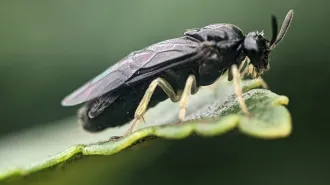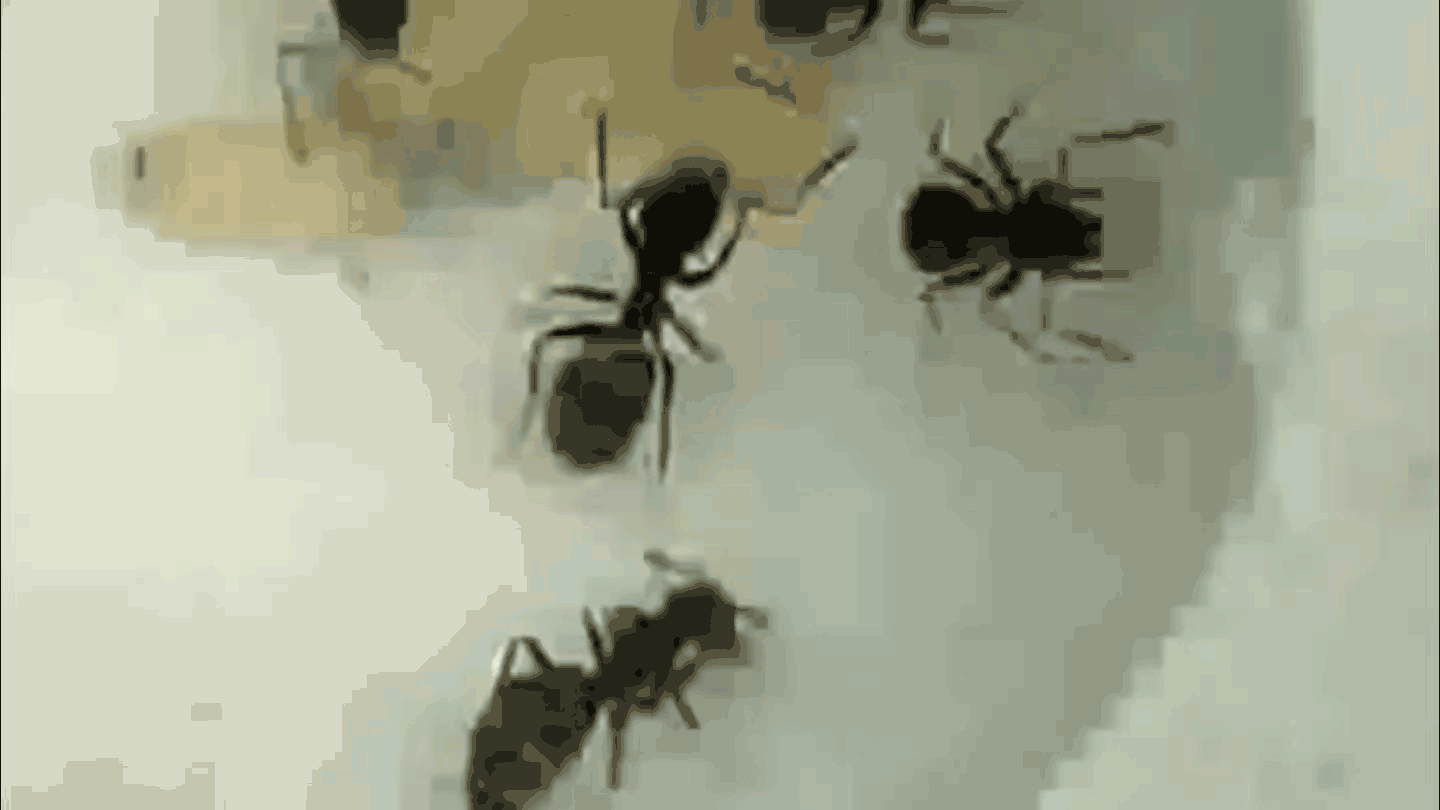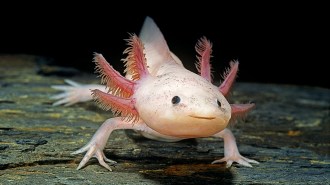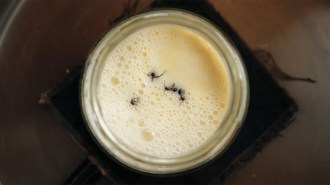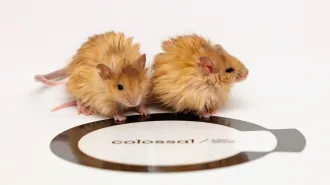Male fruit flies’ giant sperm can pack tightly into small spaces without tangling. Inside the seminal vesicles, sperm (heads shown in pink, tails in cyan) organize into an orderly arrangement, traveling in opposing directions in aligned paths.
J.I. Alsous et al/bioRxiv.org 2025

